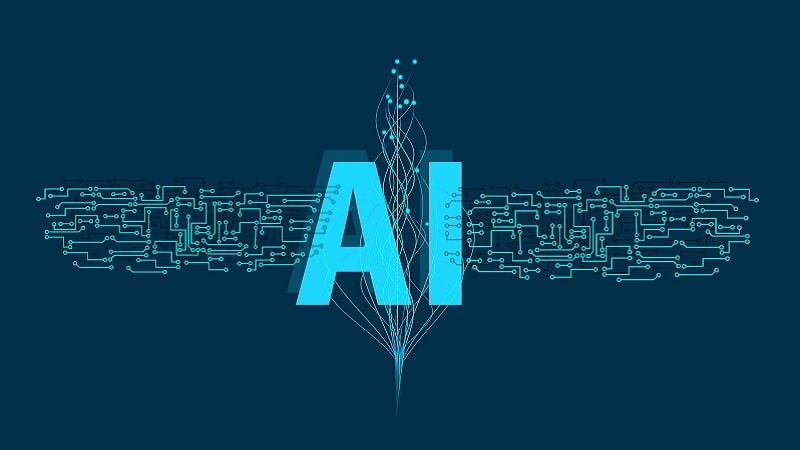
The integration of artificial intelligence (AI) into next-generation tools offers an exciting opportunity to enhance the quality and efficiency of patent and trademark examination, an official from the U.S. Patent and Trademark Office (USPTO) said during an FCW virtual event on March 9.
Scott Beliveau, acting chief data officer at the USPTO, said the agency has incorporated AI tools into their examination processes to provide correct, complete, and consistent examinations.
The objective, according to Beliveau, is not just to deploy smarter technology, but to build a smarter organization. This is the beginning of a whole new trajectory “in how we leverage technology to transform patent and trademark operations for the better,” he said.
“We want to meet internal needs and international obligations that are critical to agency mission and operations,” Beliveau said.
Specifically, the USPTO is incorporating AI tools into two critical areas of patent examination: search and classification.
The agency developed an AI-based prototype search system that helps identify relevant documents and provides suggestions for additional areas to search. Performing a complete art search is a critically important component of the patent examination process. Yet, this search has become increasingly more difficult.
“The system is configured to automatically capture feedback data from our examiners to yield additional enhancements over time. We are also developing features to help examiners interpret results generated by the AI models to provide transparency into the system,” Beliveau said.
Additionally, the USPTO developed an auto-classification tool that leverages machine learning to classify patent documents.
“Classification systems are very useful for sorting and searching large collections of information, including inventions,” Beliveau said. The system also includes indicators that provide users with insight into the reasoning of the AI, he added.
